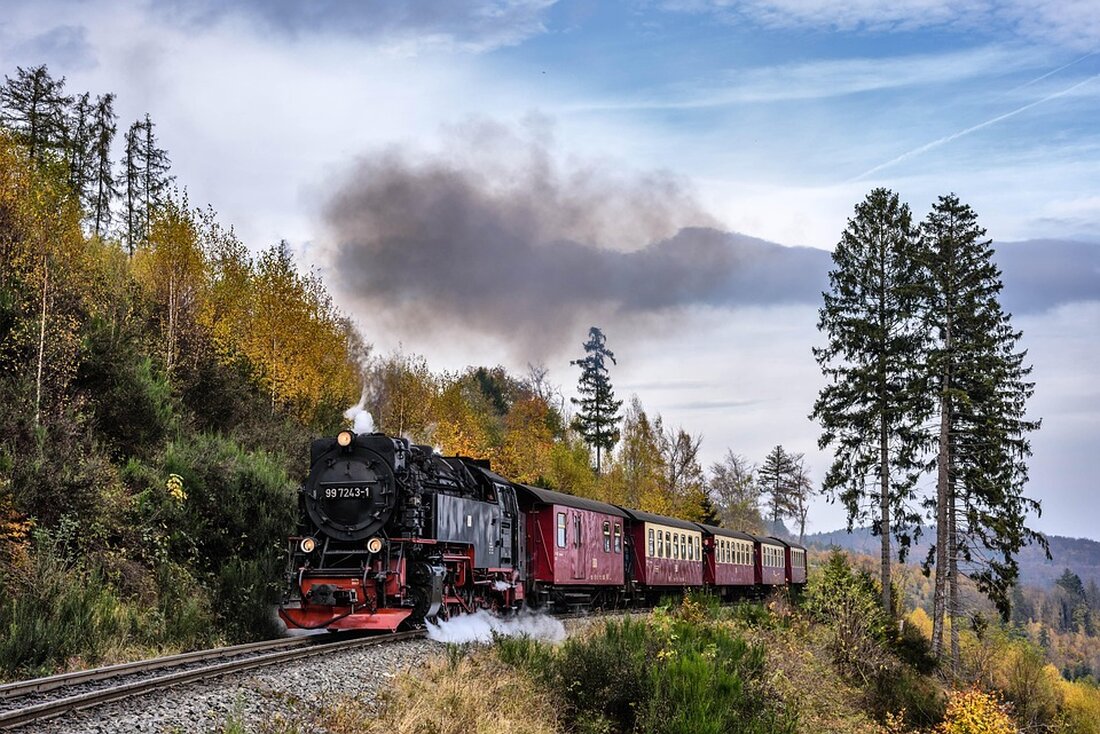Harz in danger: overnight stays are falling, trees are dying, the future is uncertain!
Falling numbers of overnight stays and climate change are endangering tourism in the Harz. Learn more about challenges and solutions.

Harz in danger: overnight stays are falling, trees are dying, the future is uncertain!
The future of tourism in the Harz is in jeopardy: the number of overnight stays is falling, the spruce population is dying and many young people are leaving the region. This can be done loudly HNA This can be observed particularly well in St. Andreasberg, a once popular travel destination that is now characterized by vacancies. The lack of restaurants and accommodation not only leads to declining visitor numbers, but also makes the region less attractive for investment.
The number of overnight stays in the Harz has fallen significantly in recent years. While 3.95 million overnight stays were recorded in 2019, in 2023 there were only over 3.8 million. In 2000 this number was over 4.6 million. Climatic changes, such as the decrease in snow days in winter and increasing dryness in summer, significantly influence this trend. This is reinforced by the fact that the Harz National Park has lost over 11,600 hectares of its original spruce population since 2018 and 90% of the spruce forests have now died.
Climate change and its consequences
The problems in the Harz area are diverse. “Snow days in the Harz have fallen from 28.7 (1961-1990) to 17.7 (1990-2019),” explains an analysis that shows the effects of climate change on the region. A decline in snow days from 57.1 to 33.5 has also been documented in Lower Saxony. The result is not only an impact on winter sports, but also challenges for the entire tourism industry, which causes around 8 percent of global greenhouse gas emissions.
Still, there are signs of hope. In 2024, the bare areas in the Harz could be reduced by around 5,500 hectares to around 14,800 hectares. Experts see opportunities for positive development, particularly by promoting natural ecosystems as part of the solution to current problems. In addition, there are no signs of decline in Wernigerode, where financial resources are made available for tourist facilities.
Sustainable tourism as an opportunity
In order to overcome the challenges of tourism in the Harz, sustainable mobility solutions are of central importance. This was also discussed in a lecture that dealt with the difficulties of the administrative structure in the Harz and their influence on tourism. The importance of soft and slow tourism, which promotes low-impact leisure activities such as walking and cycling, is increasingly being recognized. The aim is to reduce the carbon footprint and establish the area as a sustainable travel destination.
Initiatives like these could be crucial in promoting environmental awareness among visitors and making the Harz Mountains an attractive destination for tourists again. “It is important to raise awareness of sustainable tourism,” say the experts, who point to a growing interest among participants in climate-friendly offers. For the future, it is necessary to establish a holistic, sustainable transport concept in order to reposition the Harz as an economically stable and climate-friendly tourism location.
There is no mistaking the challenges, but with targeted measures and a shared commitment to sustainable practices, the Harz Mountains may soon be able to thrive again.

 Suche
Suche
 Mein Konto
Mein Konto